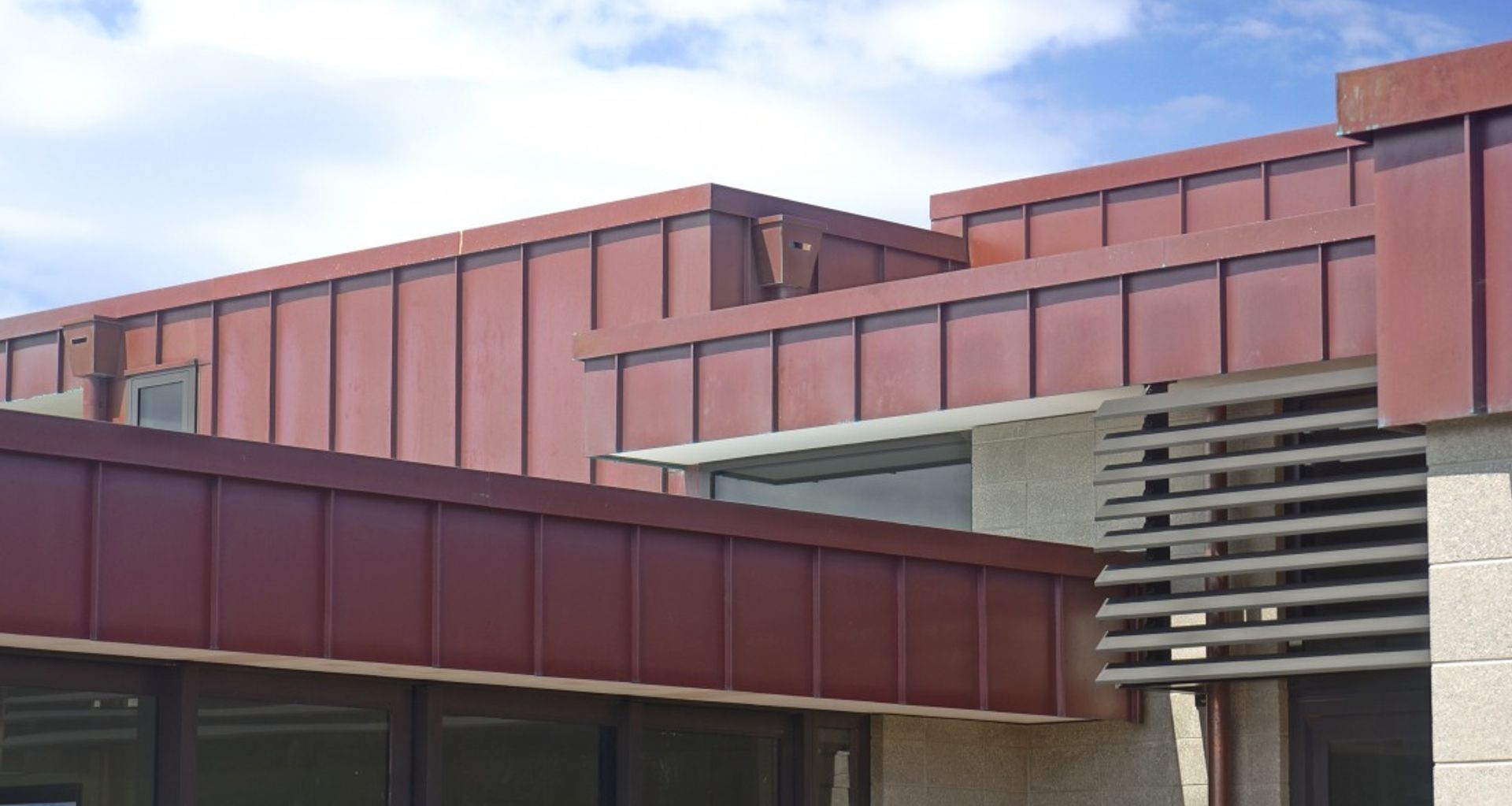An ancient roofing craft with endless possibilities
Written by
24 February 2017
•
3 min read

Standing seam roofing is one of the oldest forms of metal roofing in the world and there are many reasons for its continued global popularity today. The Beehive in Wellington has a standing seam roof, as does Auckland’s Civic Centre and War Memorial Museum to name just a few of our notable buildings heralding this ancient building method.
“While there are many types of roofing systems available and many new types of roofing being developed, standing seam roofing provides a versatility and longevity that other roofing systems cannot,” Architectural Metalformers’ Mike Burgess says.
Architectural Metalformers first opened their doors 21 years ago as The Copper Roofing Company, specialising in standing seam roofing, with Burgess as a junior roofer. As times have changed and people’s needs have developed over the last couple of decades, the company has transitioned into a multi-faceted standing seam company, while maintaining their expertise in copper.
It’s an industry that for Burgess, who is now the company’s Project Manager, provides a refreshing level of opportunity in what can be achieved. “Standing seam tray roofing is unique in its versatility, which is what has always intrigued me about it,” he says. “Every job is different and every product we use can be attended to in a different way.”
That’s the beauty of this 1,000-year-old metal roofing system, he says. “With long-run roofing or trapezoidal profiles, the roll formers are set so there are no variables involved apart from length and colour.”
With standing seams family of roofing though, the possibilities are endless. Standing seam roofs have a distinct profile and work by each roofing panel having an over and an under on opposing sides. The under side is secured with a stainless steel clip while the over section sits on top of its neighbouring panel and is closed with a hand or motorised seamer so there are no penetrations, creating a completely watertight roof.
“We still follow this original method, with the only difference being that our roll formers are now able to provide continuous sheets so there are no sectional joins or cross welts,” Burgess says.
Architectural Metalformers offers a variety of standing seam tray roofing options, and works with copper, zinc, aluminium and steel. “The benefit of using the standing seam family of products is that without the need for external fixings, any requirements for thermal movement can be addressed discretely.”
Choosing a standing seam roof also means there is much more room for bespoke options with sheets being able to be tapered, made convex or converse, or can be barcoded with multiple sheet widths to provide a contrast across the facade.
Architectural Metalformers’ Smarttray standing seam roofing systems create an aesthetic point of difference to any building project and, if copper or zinc is used, add residual value to the property and may not require maintenance throughout its lifetime.
For some inspiration about what’s possible get in touch with Architectural Metalformers here, and they’ll take you on a tour of some of their projects and show you the endless possibilities that can be achieved with this ancient building method.


